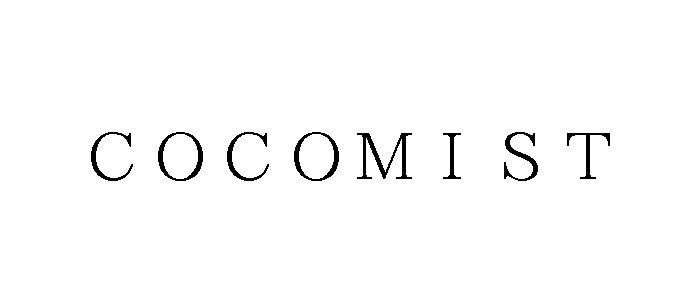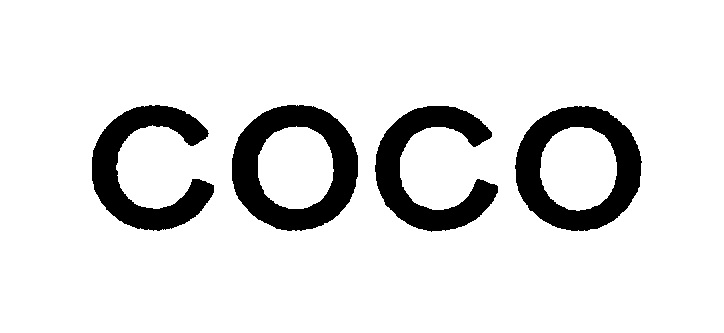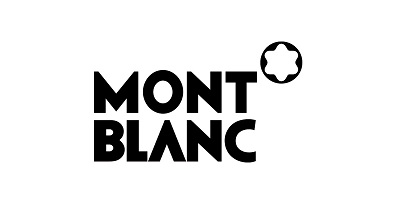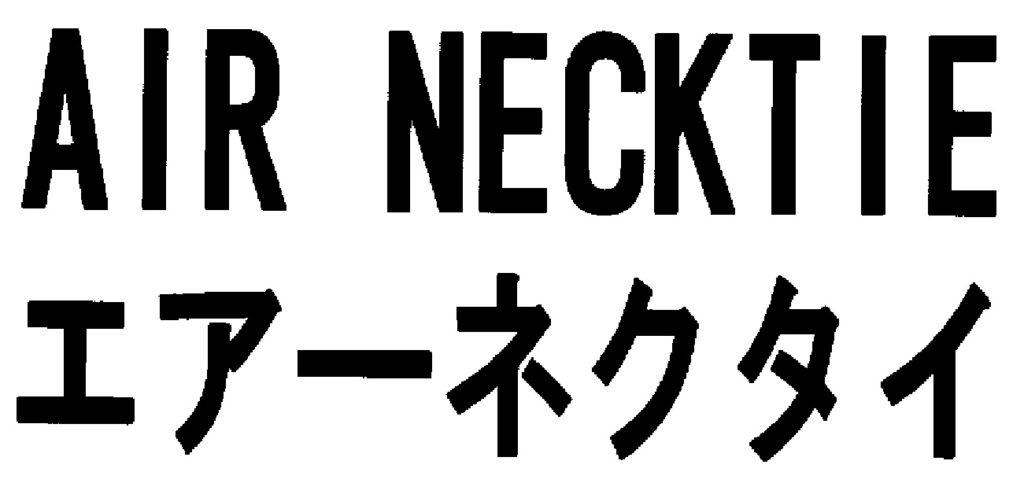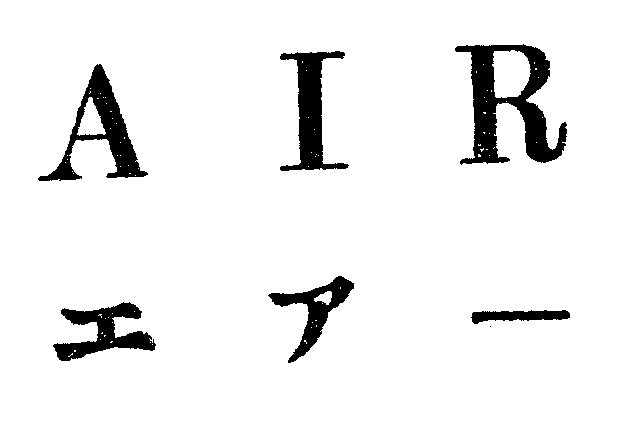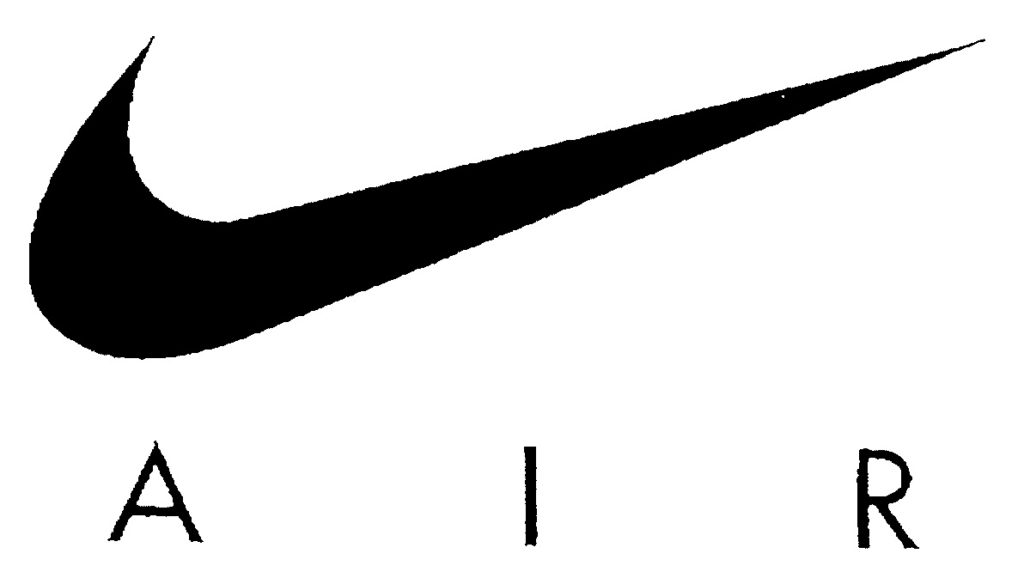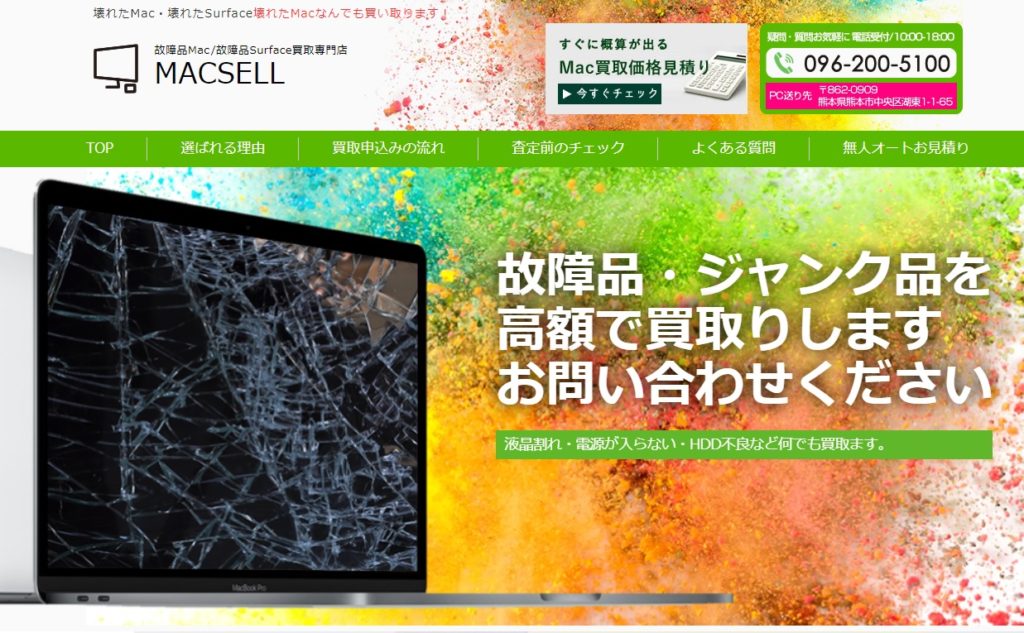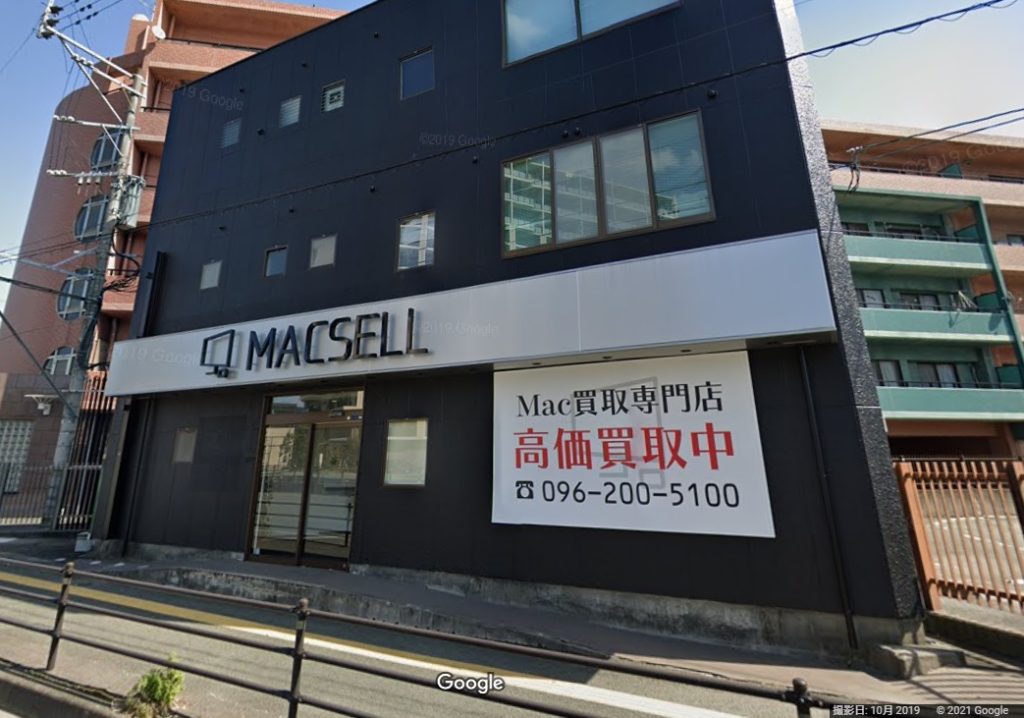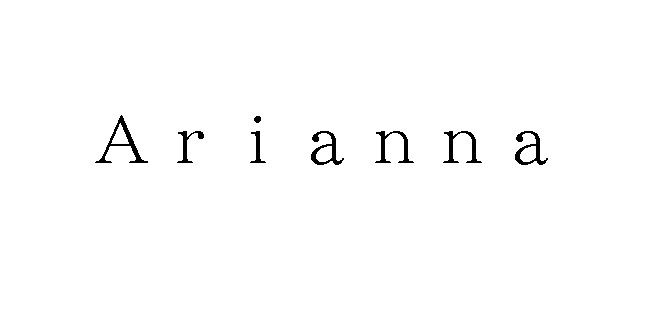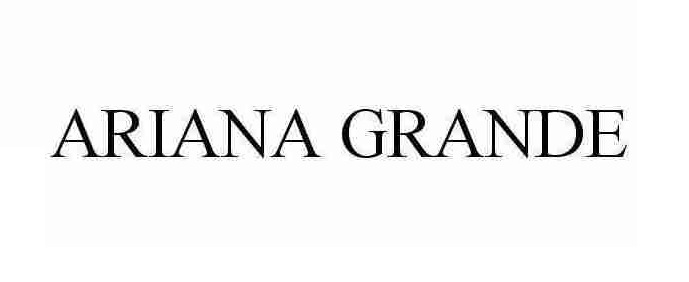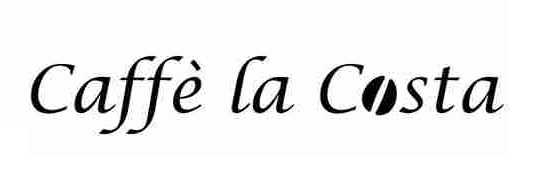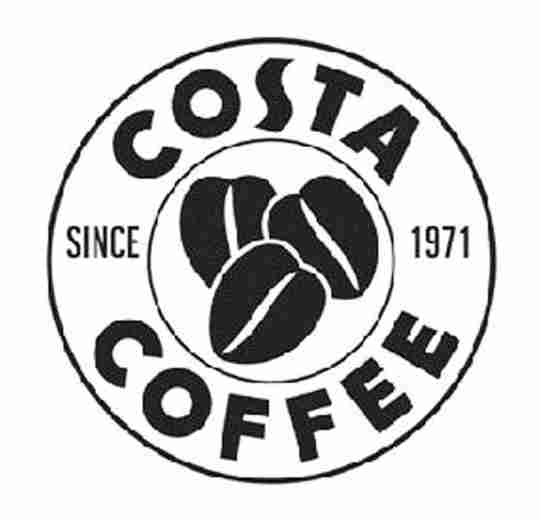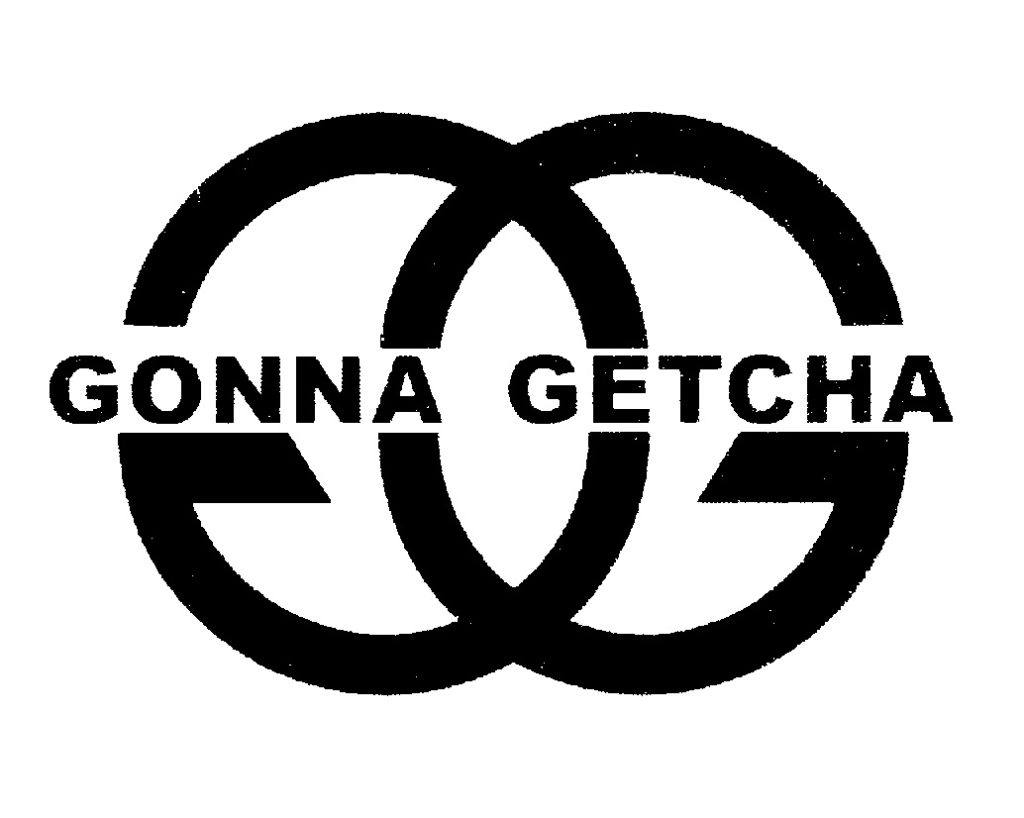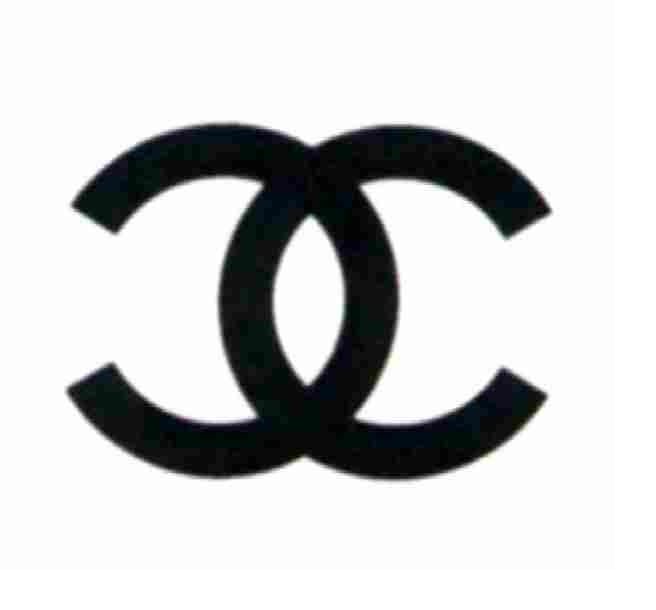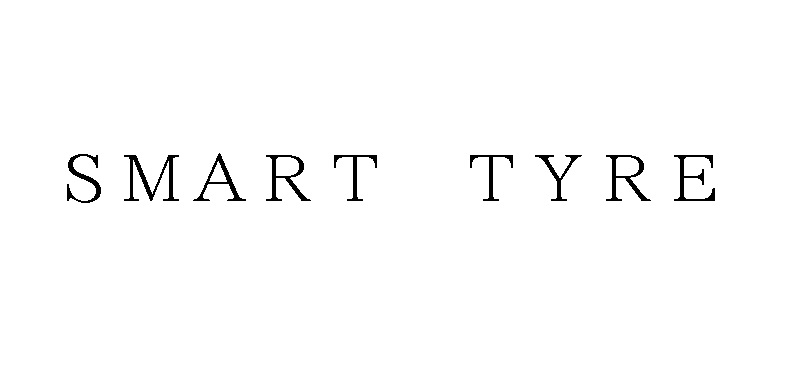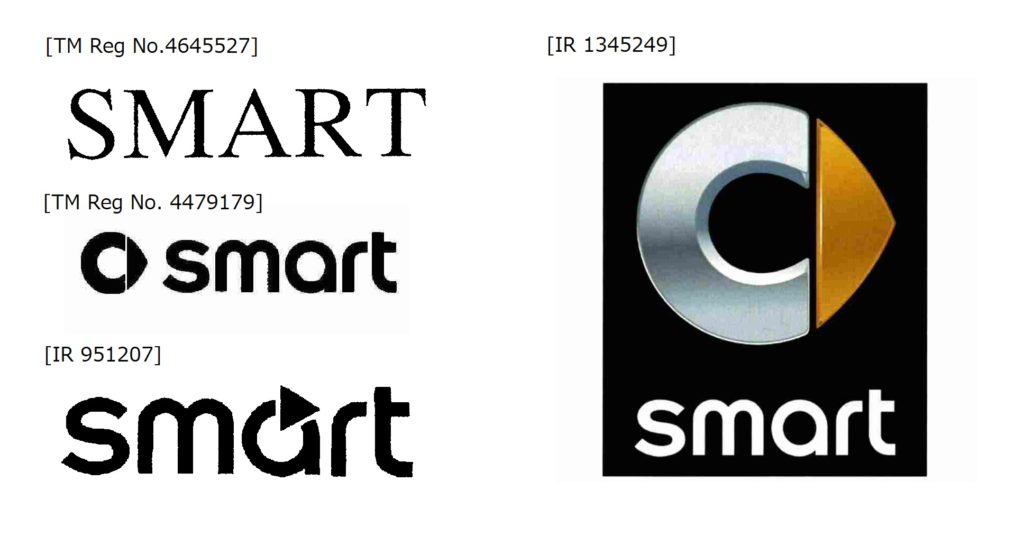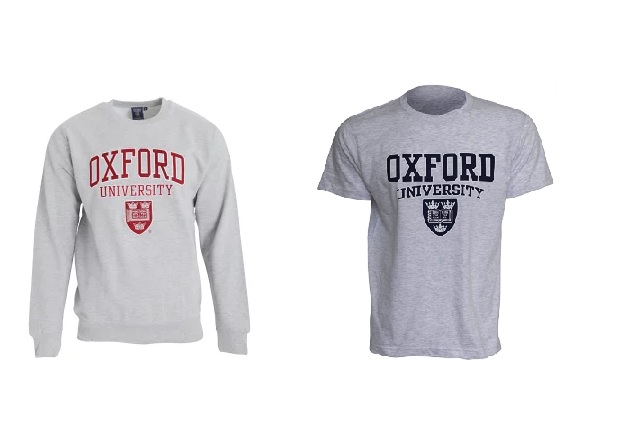The Japan Patent Office (JPO) sided with Glenfiddich, the world’s most awarded Single Malt Scotch Whisky, who fought against trademark registration for the BLACK FOREST composite mark in class 33 due to close resemblance to the Glenfiddich deer design. [Opposition case no. 2018-685017, Gazette issued date: April 30, 2021]
BLACK FOREST composite mark
The opposed mark, consisting of the words “BLACK FOREST”, “FINEST WINE QUALITY FROM GERMANY” and a stylized stag’s head (see below), was filed with the JPO on May 12, 2017, for use on ‘Wines and sparkling wines; all the above goods made in Germany’ in class 33 by Badischer Winzerkeller eG via the Madrid Protocol (IR no. 1353061).

On June 6, 2018, the JPO granted protection of the opposed mark and published for post-registration opposition.
Opposition by Glenfiddich
Glenfiddich owner William Grant & Sons opposed on the basis of its earlier international registrations (IR no. 919341&919342) in the mark GLENFIDDICH and a stylized stag head (see below) for use on whisky and whisky-based liqueurs are concerned, only scotch whisky and scotch whisky-based liqueurs produced in Scotland of class 33, in contravention of Article 4(1)(xi) of the Japan Trademark Law.
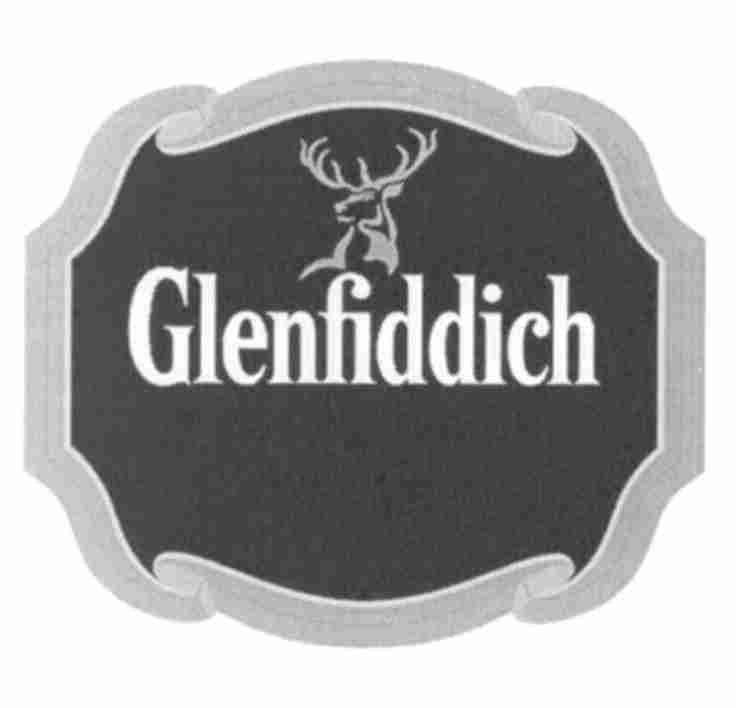
Article 4(1)(xi) is a provision to prohibit registering a junior mark that is deemed identical with, or similar to, any senior registered mark.
In the opposition, the opponent argued, inter alia, a close resemblance of the stylized deer design. Taking into consideration the design element is visually separable from literal elements, relevant consumers at the sight of the stylized stag head of the opposed mark that appeared on a wine label are likely to connect it with Glenfiddich.
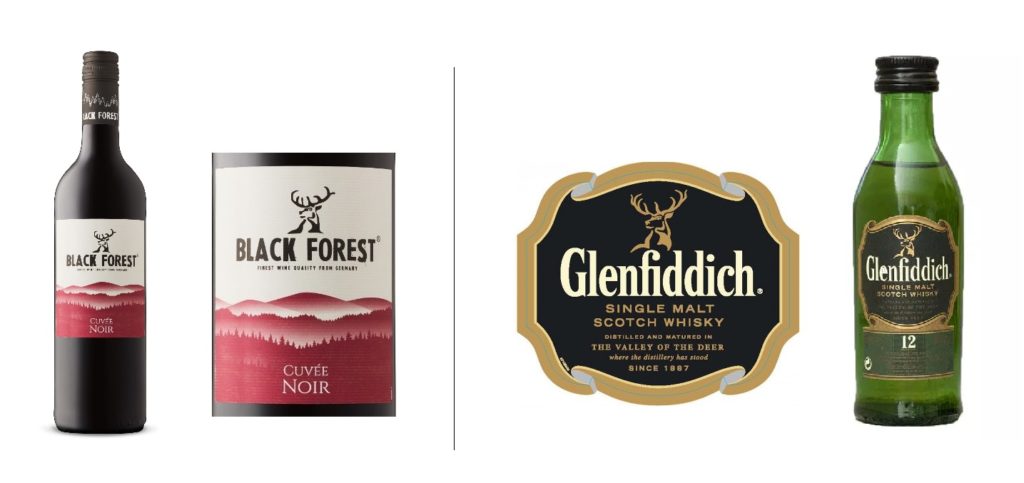
JPO decision
The Opposition Board of the JPO found that judging from the configuration of each mark, it is allowed to assess the similarity of both marks by means of comparing its design element.
The Board held the stylized stag head of both marks would give rise to a resembled impression from appearance and the same concept regardless of some differences in detail.
If so, even though the pronunciation of respective design is incapable of comparison, from the totality of the circumstances, relevant consumers are likely to confuse the origin of the goods in question bearing the opposed mark with Glenfiddich.
Based on the foregoing, the JPO decided to retroactively cancel IR no. 1353061 in contravention of Article 4(1)(xi) of the Trademark Law.

